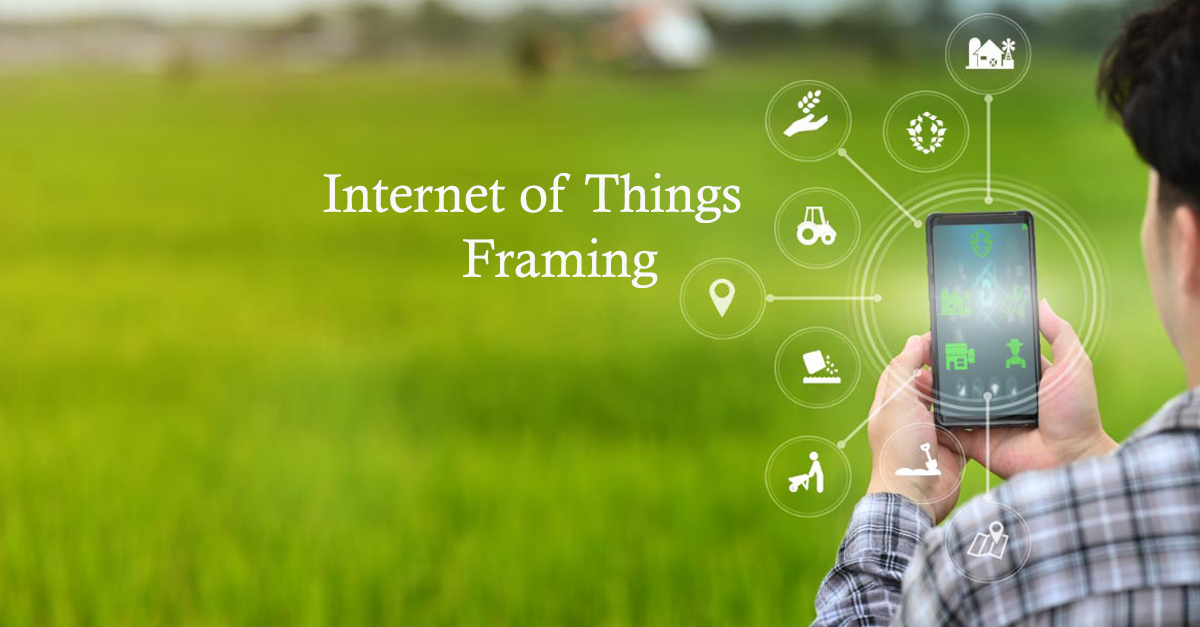An introduction to Digital Twin
David Gelernter's 1991 book "Mirror Worlds" introduced the idea of digital twins; Michael Grieves of the Florida Institute of Technology later applied the idea to manufacturing. In Troy, Michigan, during a Society of Manufacturing Engineers convention, Grieves made the official debut of the digital twin idea. However, NASA was the organisation that adopted the digital twin idea initially, and John Vickers from NASA gave the idea its name in a Roadmap Report from 2010. The concept was applied to the development of computerised spacecraft and capsule simulators for testing. When Gartner listed the notion of a digital twin as one of the top 10 strategic technology trends for 2017, it quickly received global recognition. Since then, a wide range of industrial applications and procedures have made use of the notion. A digital twin is a representation of a physical product, procedure, or service in the digital world. It is a digital image of an item or system that covers its whole lifespan, updated with real-time data, and employing simulation, machine learning, and reasoning to aid in decision-making. The phrase "digital twin" refers to a computer programme that simulates how a product or process will operate by using real-world data from the internet of things (Industry 5.0). For instance, a wind turbine has a variety of sensors for its key functioning areas. These sensors generate information regarding a variety of performance characteristics of the physical thing, including energy output, temperature, environmental conditions, etc. The digital twin is then applied by this data once it is transmitted to a processing machine. This necessitates suitable connections between the digital model and a real-world item in order to transmit and receive data and feedback instantly. The digital twin is used to run simulations, investigate performance problems, and produce potential repairs and enhancements that are subsequently transferred back to the original physical device after being informed by such data. A digital twin is a virtual model that reflects an environment that is continually updated, making it far richer for study than simulations, which both use digital models to reproduce a system's many operations. While a simulation normally investigates one particular process, a digital twin may run as many beneficial simulations as necessary to explore different processes. This is another way that digital twins and simulations differ from one another in terms of size. The key distinctions between the two strategies are summarised in the table below:
Simulation
Because it won't alter or advance unless a designer adds new elements, this form of model is static.
A simulation recreates potential outcomes for a product.
A CAD-based simulation is helpful for product creation since it enables designers to evaluate various scenarios against predetermined criteria.
Digital Twin
As additional data is gathered and analysed over a product lifecycle, a digital twin can mature and provide new insights that isn't possible with a static simulation.
A digital twin simulates what actually occurs to a particular product in the real world.
The uses are only restricted to the data when matched against certain portions of the business process since the scope of a digital twin is considerably broader and encompasses all phases of a product's lifespan. Due of its broader use, the digital twin may now be used to enhance corporate operations and procedures outside of design.
A wide number of industries, including the automobile, healthcare, and power generation, have adopted digital twins. For offshore wind turbines, industrial uses include fatigue testing and corrosion resistance. This technology may be applied to the automotive sector to collect and analyse operational data from a vehicle in order to assess its state in real-time and guide improvements in vehicle economy. Hospital work flows and staffing are modelled in health care apps to identify process improvements. Digital twins have been used in surgery for a variety of purposes, such as de-risking surgeries, teaching surgeons, and monitoring organ donation. Systems also track where illnesses may present and who may be at danger through contact, as well as the flow of patients through hospitals. The usage of the digital twin in manufacturing enables users to look into ways to extend product lifecycles, increase manufacturing and process efficiency, and create and test new products. In certain situations, a digital twin can visually depict an issue, allowing a solution to be developed and evaluated in the computer programme rather than in the actual world. The digital twin technology has a wide range of applications in the future smart cities. Virtual models may aid in planning choices and provide answers to difficult problems that face contemporary cities, such crisis management. Assets like hospitals can respond to emergencies more effectively thanks to virtual models.
Data
To develop a virtual model that can simulate the behaviours or states of the real-world object or procedure, a digital twin needs information about the relevant object or process. These details, which might be related to a product's lifespan, could include technical details, production procedures, or design standards. Additionally, it could contain data about tools, supplies, components, processes, and quality assurance. Operation-related data can also be present, including real-time feedback, historical analysis, and maintenance logs. Business data or end-of-life techniques are two more types of data that may be employed in digital twin design.
Modelling
After the information has been acquired, computational analytical models may be built to depict operating impacts, forecast states like weariness, and identify behaviours. These models can suggest actions based on engineering simulations, physical laws, chemical laws, statistics, machine learning, artificial intelligence, business logic, or goals. To help people comprehend the results, these models may be visualised using 3D representations and augmented reality modelling.
Linking
Digital twin discoveries can be combined to build an overview, for example, by including equipment twin findings into a production line twin, which in turn can influence a factory-scale digital twin. It is conceivable to provide smart industrial applications for actual world operational breakthroughs and enhancements by leveraging linked digital twins in this way.
Depending on how and where it is utilised, digital twins have different advantages. For instance, utilising digital twins to monitor already-existing items like a wind turbine or an oil pipeline can ease the effort and expense of maintenance. Digital twins can be utilised for prototyping in production, eliminating product flaws and speeding up time to market. They can be used in process improvement and reengineering at the enterprise level, for example, to monitor personnel levels versus output or to align a supply chain with needs for production or maintenance.
Additional advantages include improved performance through monitoring and simulation, as well as greater availability and dependability. They may be used to guarantee that production objectives are not affected by scheduling maintenance, repair, and the ordering of replacement components. They can also be used to cut maintenance costs by forecasting failure before it occurs. By analysing customization models, digital twins can also enable ongoing enhancements and guarantee product quality through real-time performance testing.
Because it could make solutions more difficult, the digital twin is not appropriate in every situation. Some business issues could be resolved without the corresponding time and money commitment needed for the adoption of the digital twin.
Because it could make solutions more difficult, the digital twin is not appropriate in every situation. Some business issues could be resolved without the corresponding time and money commitment needed for the adoption of the digital twin.
Top 10 Digital Twin Companies in the World by Revenue
Microsoft Corporation
Bosch
General Electric Company
IBM Corporation
Siemens
Oracle Corporation
Cisco Systems
Dassault Systemes
Ansys
PTC Inc.





